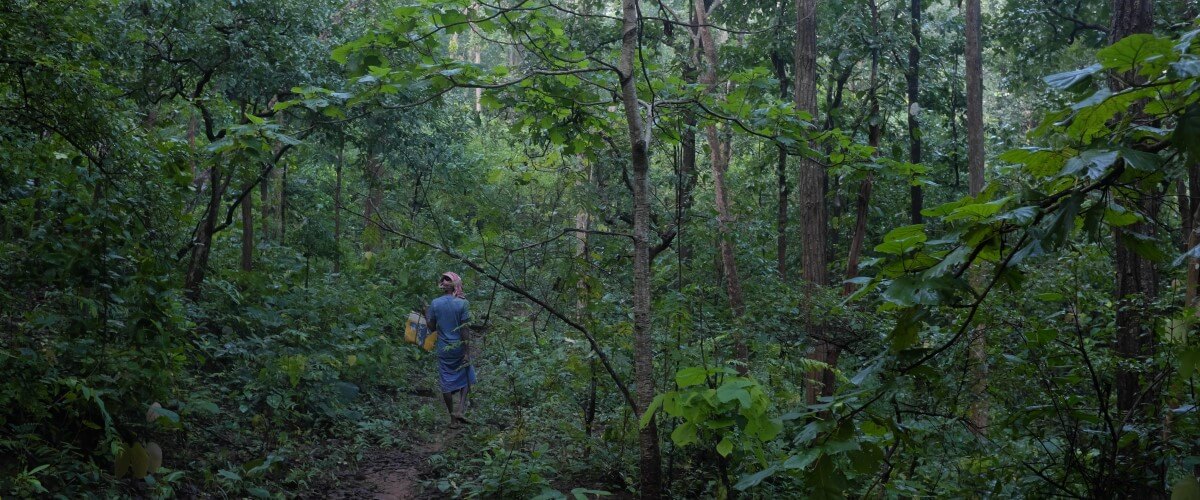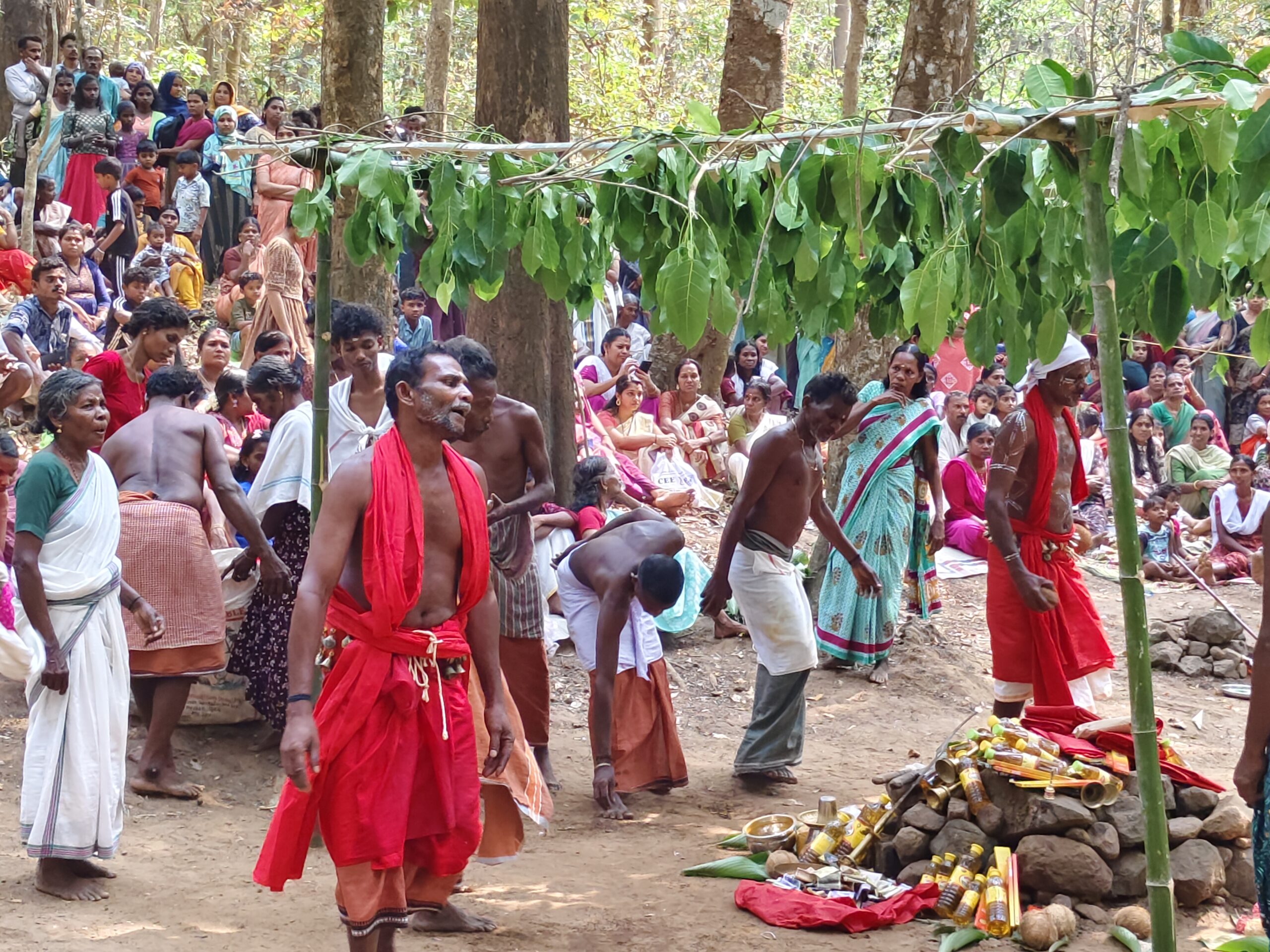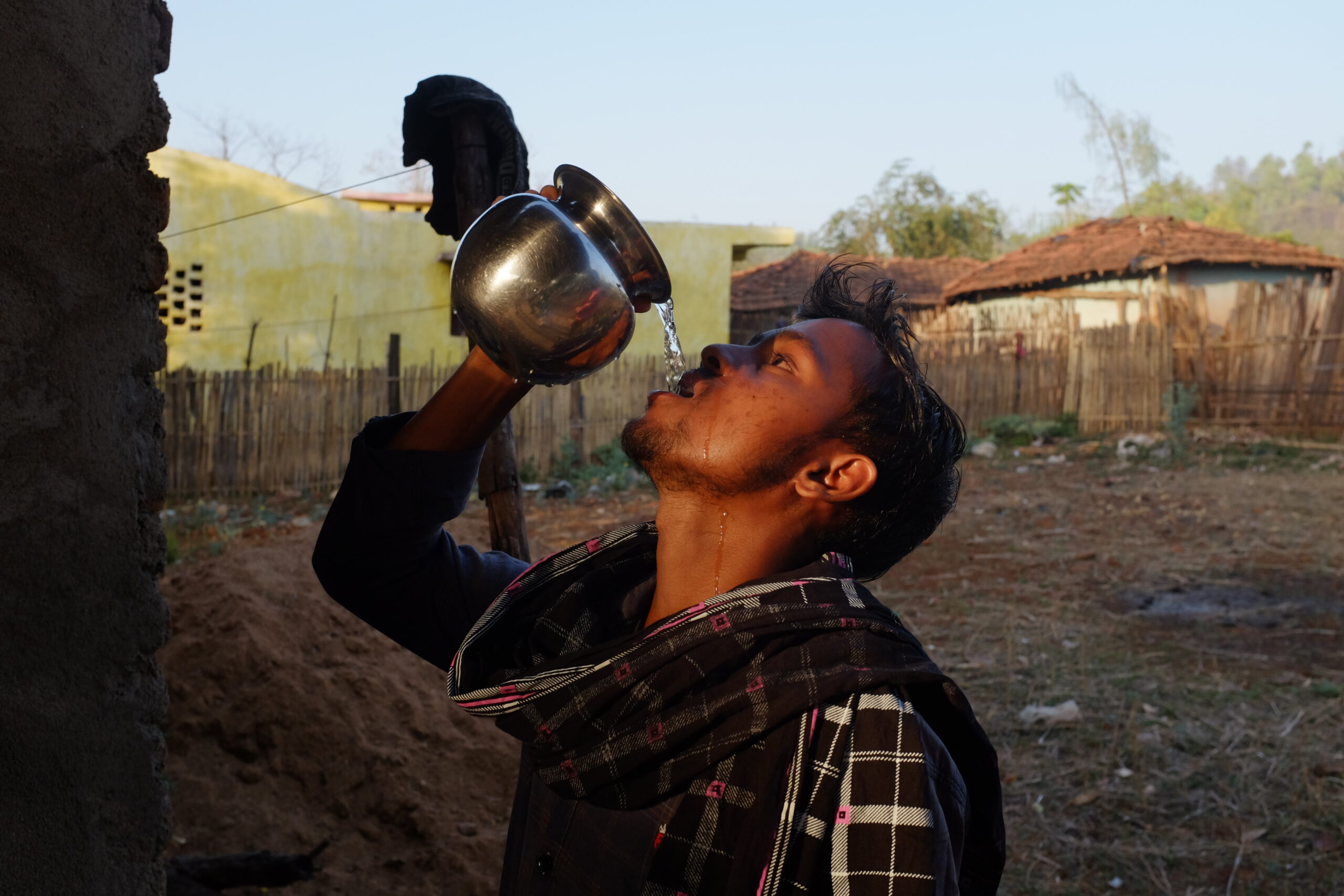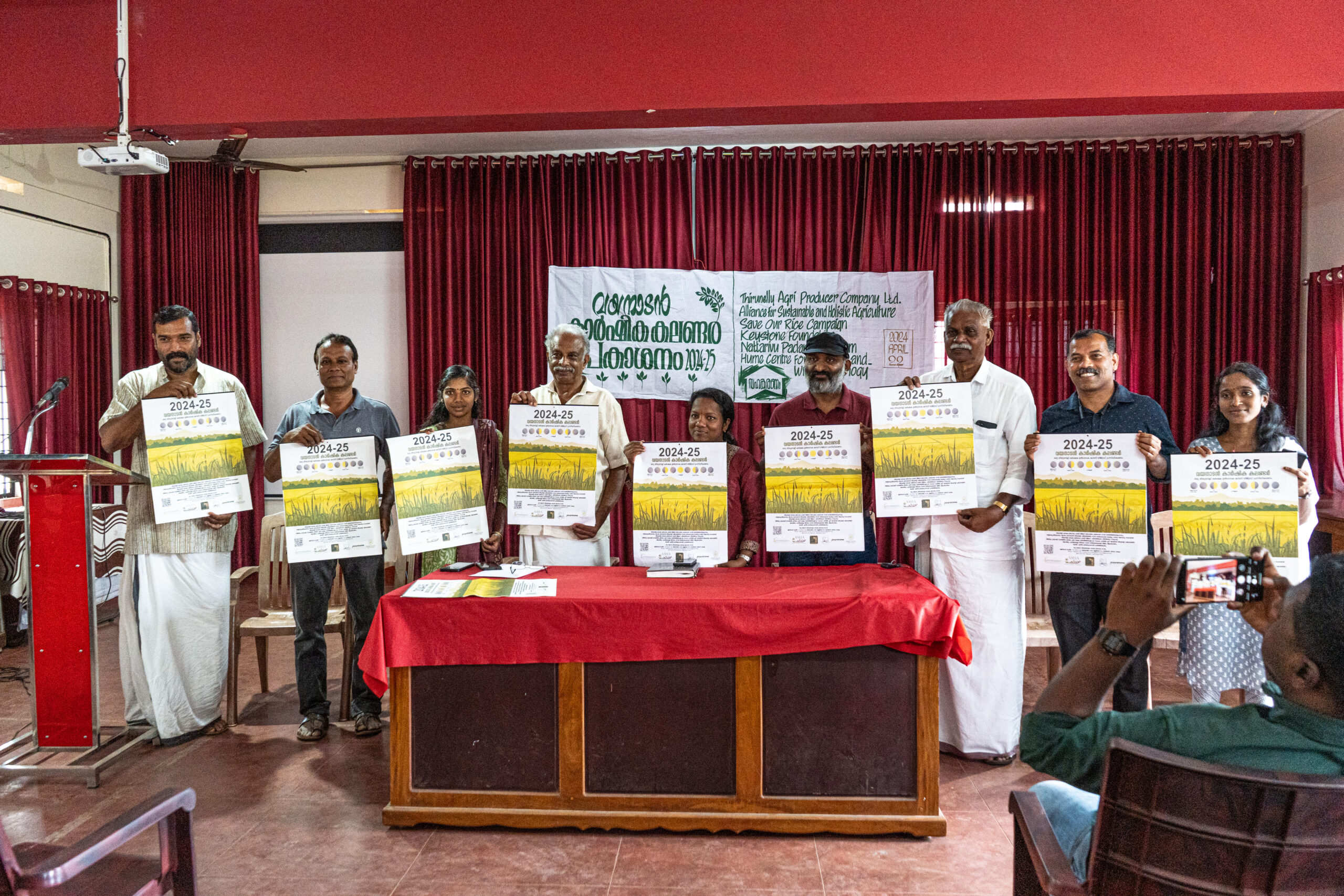September 20, 2022
By Rohan Mukherjee
Networks & Alliances
Accompanied by Vibhishan Bhumij and Jagabandhu Sanda from Paryavaran Chetna Kendra (PCK) in Potka, I visited Mamar village in the heart of the Saranda Forest, in Manoharpur block of West Singbhum district, Jharkhand.
Saranda is a dense forest in the hilly region of West Singbhum, spanning 820 sq. km. Saranda literally translates to ‘seven hundred hills’ and occupies a significant place in ecological history as the finest and largest Sal forest in the world. It is home to a rich diversity of flora and fauna, and was once an important elephant corridor. It is also home to several indigenous Adivasi communities like the Ho, Munda and Birhor.
Another facet of Saranda is that it stands atop one of the world’s largest single deposits of iron ore – over 2,000 million tonnes. The high ecological costs of large scale environmental extraction are largely borne by the Adivasi communities who are facing a variety of challenges: contamination of water sources, deforestation and soil erosion.
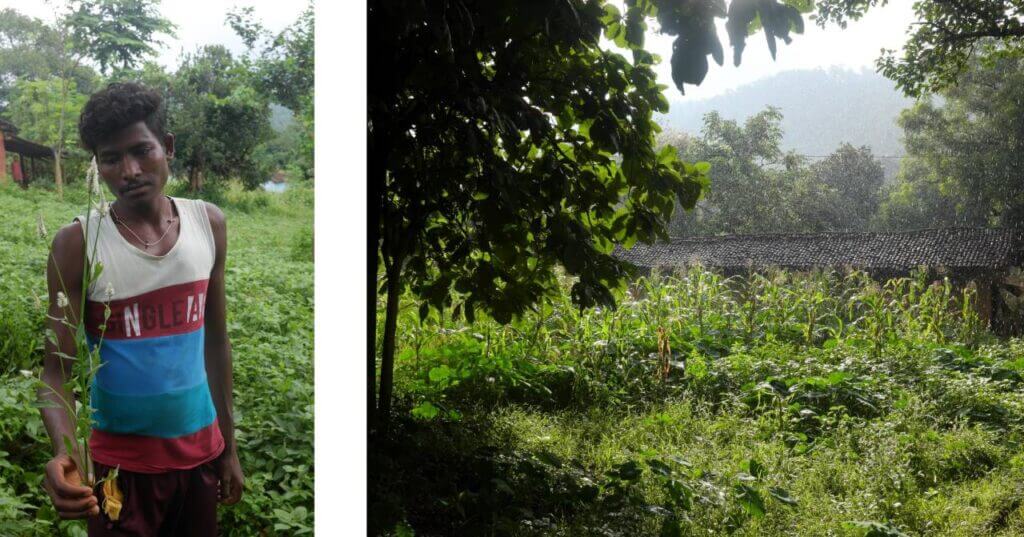
This year, Keystone Foundation along with PCK has commenced working in 5 villages in Manoharpur. These villages are home to the Ho community, majorly focusing on:
- Community Well-being – through the promotion of agroecology, traditional food systems, mixed cropping, kitchen gardens, and wild and uncultivated food.
- Environmental Governance – supporting communities for the improved implementation of the Forest Rights Act, 2006, and PESA.
- Water – revival of springs and streams and installation of drinking water systems, along with sanitation and hygiene (WASH).
These efforts are being championed by community fellow Inda Jamuda from Mamar. Inda has distributed a variety of traditional seeds to 200 families for cultivation in their fields and kitchen gardens. The seeds distributed include gundli (a variety of little millet), madia (finger millet), luti gangai (sorghum), tapoi gangai (maize), urad (black lentils) and arhar (pigeon pea). In addition a variety of vegetable seeds were distributed for cultivation in kitchen gardens. These included okra, bottle gourd, pumpkin, cucumber, bitter gourd, cowpea and several greens.
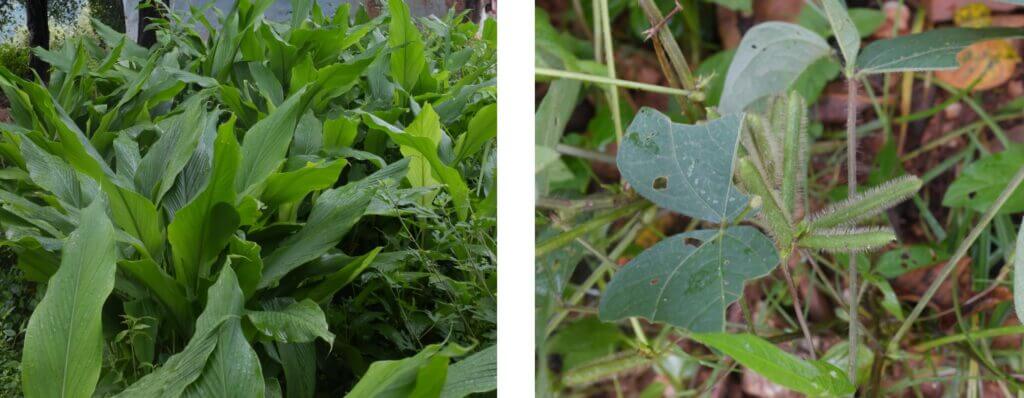
About 45 women from five villages Mamar, Churgi, Kumbia, Jamjundia and Sankura had come together for the meeting at Mamar. The meeting commenced with a brief introduction about Keystone, PCK and the focus of our current Eastern India initiative. A participatory exercise was than facilitated whereby the women identified the strengths and successes of their respective villages as well as the challenges faced by them.
Their successes were uplifting: they reported that their water resources were stable – the Koina river and Chechegada spring. A large forest tract protectively continues to surround their villages and provide nourishment in the form of forest produce, wild and uncultivated food. They shared traditional seeds and crops, including local paddy varieties, maize, millets, pulses, oil seeds and a variety of vegetables. They also reported that a majority of farmers still carry out organic farming.
Their challenges: the absence of a bridge in Kumbia village was a major inconvenience. Water infrastructure was still poor, and so were available health services. Utilizing government schemes and pensions proved difficult and one hamlet also complained that it did not have electricity. Some women complained of a shortage of seeds, particularly some millets, pulses and oil seeds.
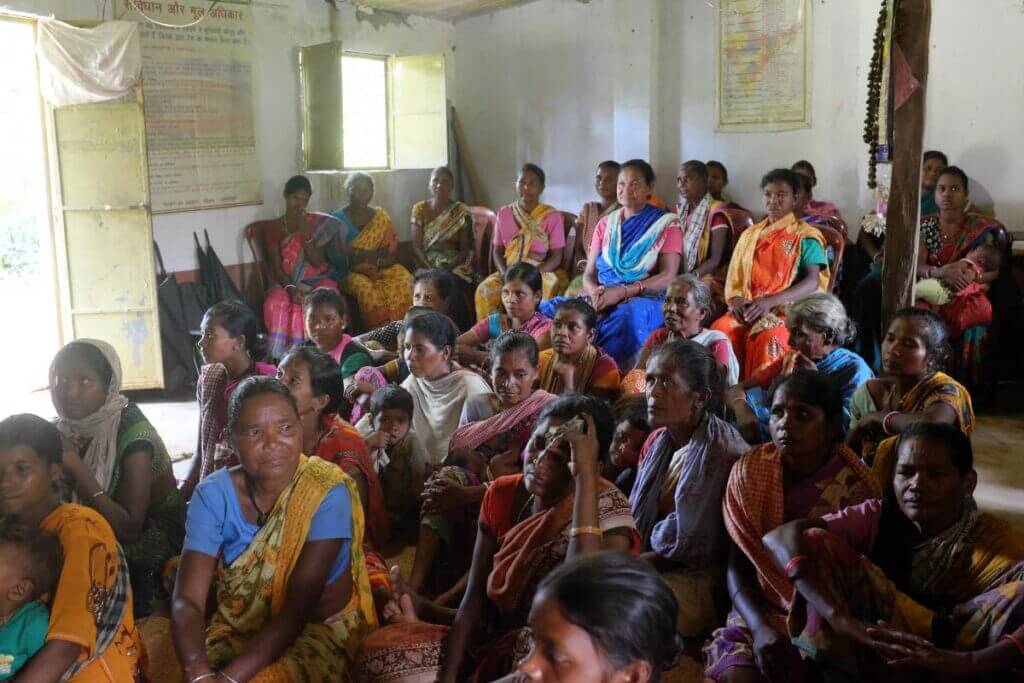
This was followed by a discussion on the conservation of traditional seeds and the following points were raised:
- Currently, they do not have sufficient seeds of several traditional crops.
- Some millet seeds like kodo, gundli, kheri and madua are disappearing rapidly.
- Some special varieties of vegetable seeds are also disappearing, and the seeds of certain traditional rice varieties are also disappearing.
- They are rapidly losing knowledge of the names of traditional paddy varieties cultivated.
- In order to combat the shortage of seeds, it was suggested that traditional seed banks should be established which would be managed by SHGs or women’s groups.
- Project support could be provided for seed containers like covered earthen or bamboo pots.
- One-time support for procuring traditional seeds must be arranged: both locally and from other communities who still cultivate these crops.
- The concerned group would then be supported to develop strategies, systems and rules for the management and operation of seed banks. The farmers who receive seeds from the seed bank would return a slightly higher quantity of seeds after harvesting the crops which would help expand the seed bank and impact more farmers.
The meeting ended with a pledge to work together to protect, conserve and promote traditional seeds, agricultural practices and food systems.
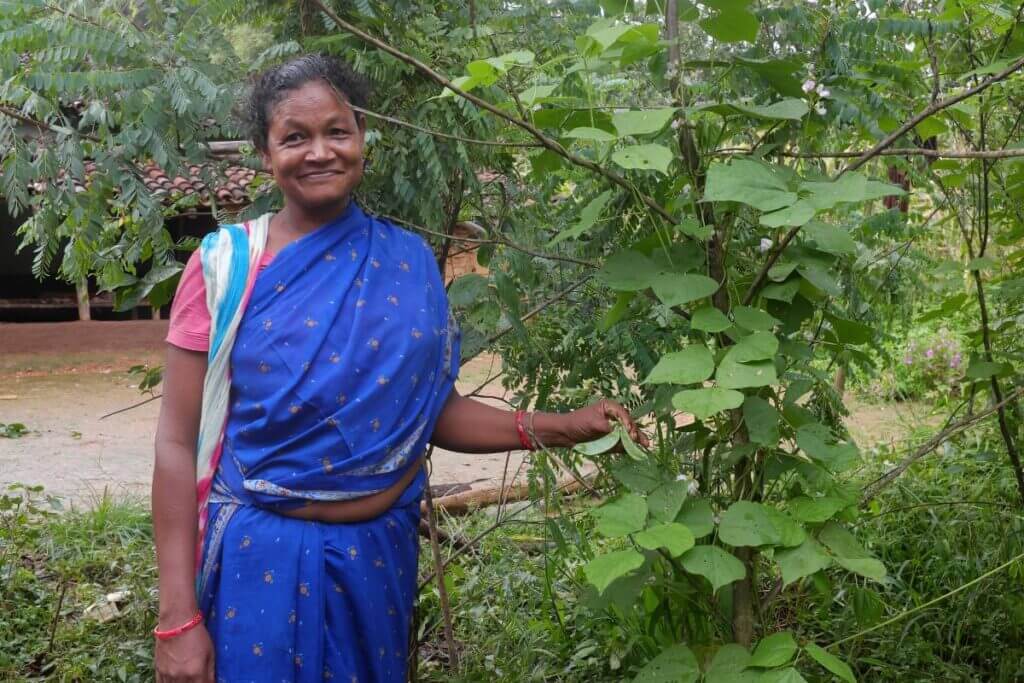
After lunch, we visited the neighbouring village of Churgi where Budhram Laguri took us for a tour of the village. It was nice to observe that all households were cultivating a diversity of crops in their fields and homestead plots. These included maize, turmeric, saguja (oilseed), saru (taro) and okra. Buhdhram showed us his family’s plot where they cultivated urad, received through the project. Budhram and Inda shared that Ho families also consume a variety of uncultivated foods that grow alongside their crops like segitiya, a green leafy vegetable. We visited the kitchen garden of a meeting participant, Rowbari Champia. While she had just prepared a small portion of her land for the sowing of chickpeas, okra and greens, the rest of her homestead plot had already cultivated a variety of crops: maize, sem, dang budhi (cowpea), kuda champia (bitter gourd) and tubers like meram towa sanga and pitaru sanga.

